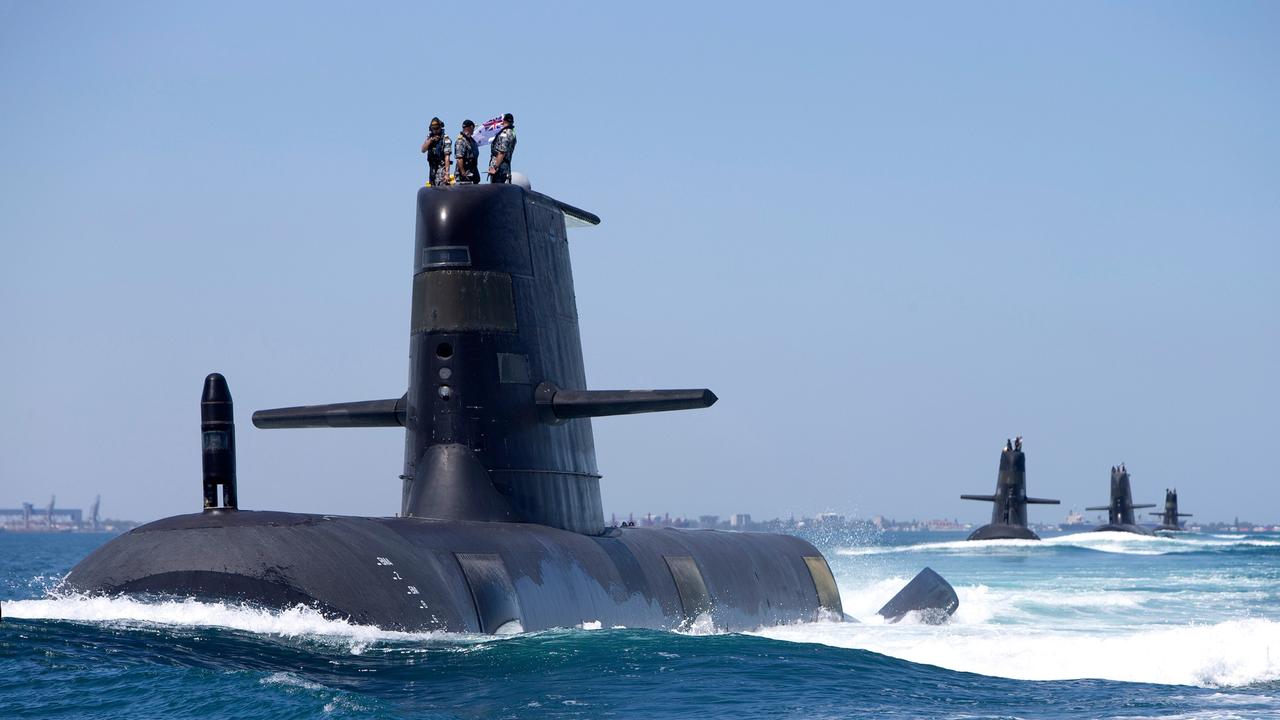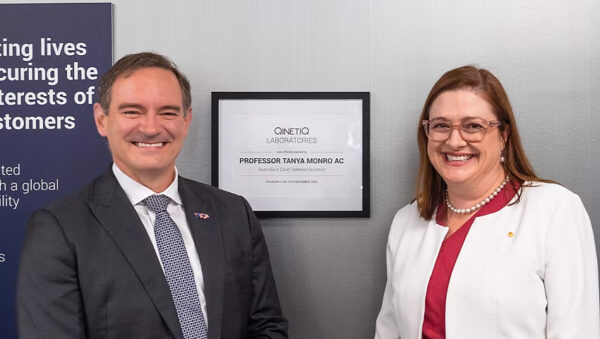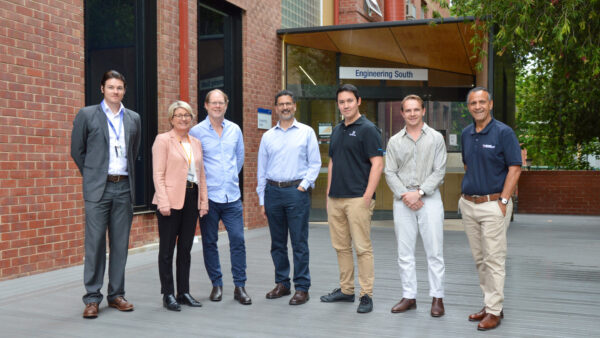Connection with the right people is critical
2 April 2022
When the global specialist valve designer and manufacturer IMI Critical Engineering was looking for a site for its Australian expansion, company leaders sought a place where they could be connected into a hub with similar companies working on major projects.
The UK-based company found it at Adelaide’s Lot Fourteen.
IMI Critical Engineering marine market manager Spencer Jenner says the move to Lot Fourteen this year was a strategic choice to engage with industry leaders.
“It was a very conscious decision,” he says. “From our point of view, getting connected to all the right people was a big part of how we were going to make progress in-country. It puts us right in the middle of the fray and gives us the ability to connect.”
IMI Critical Engineering’s marine division set up shop in Australia last year, lured by the opportunity to supply their expertise and high-spec valves for Australia’s future submarine manufacture.
It develops flow-control systems for steam, gas and liquids to operate in harsh environments in the defence, oil and gas, power generation, and space industries. And there are few less forgiving environments than a submarine.
Industry insiders compare the construction of a submarine to a space shuttle. The shuttle is said to have 10,000 moving parts to house up to seven people. A submarine, by contrast, has 10 million parts and accommodates up to 100 people, all the while in a high-pressure, underwater environment.
For a business working on a project with this level of complexity, that means getting to know people across industries and major works.
Jenner says making those connections is facilitated more easily in a precinct such as Lot Fourteen.
“There are always multiple stakeholders,” he says.
“You really have to try and make sure you’re connected to everyone who is a stakeholder.
“The idea that you’re connected in what is very much a hub and a community has significant benefits. It helps us to connect more rapidly with the people who we need to be connected to.
“It helps to identify them, and it gives us an easy mechanism to let people know we’re here and what we’re doing.
“There’s opportunities that have been borne out of that, that we could not have foreseen. We’ve got previous involvement in overseas space programs, and through Lot Fourteen we were able to connect with a local space industry community and events.”
IMI Critical Engineering has moved into the Defence and Space Landing Pad, an office space with services available to assist new companies in their move to Adelaide.
Based at Lot Fourteen, they have joined a host of defence and space companies, including the Australian Space Agency, Mission Control Centre and the Australian Space Discovery Centre, the SmartSat CRC, Australian Institute for Machine Learning, Australian Cyber Collaboration Centre, as well as space companies Myriota, Inovor Technologies, Neumann Space and Space Machines Company.
IMI Critical Engineering’s products are not new to Australia. The specialist valves it produces have been used in Australian Anzac-class frigates, the Hobart-class air warfare destroyers and the Collins-class submarines.
The company established a specific office in Australia in a bid to be part of the high-profile, now-cancelled $50bn SEA1000 Future Submarine Project.
Jenner says the “pause” – as the Australian government determines the direction for the submarine plan following the AUKUS security partnership – has turned out to be a positive.
“It has given us a chance to step back,” he says.
“We have a significant base of installed products here that need to be sustained. And there are other programs that we would like to engage with, but haven’t previously had the bandwidth to address, so that step back has been very beneficial.”
The company is forging ahead with its other plans to increase local capability through an Australia-based advanced manufacturing plant.
While this would assist current clients with spare parts and servicing, it would also enable enhanced technical prowess. It dovetails with the Australian government’s bid for enhanced sovereign capability in defence and manufacturing.
“A critical part of what Australia is doing in the defence space is to build sovereign capability and to build a defence industry here,” Jenner says.
“We have a strategic objective of localisation in key countries. There is an understanding that some countries have offshored their defence capabilities and that, at a time of conflict, may not serve us well.
“That imperative to try and localise in-country is very understandable.”
He says having capability in Australia also reduces the supply chain risk that was highlighted during the Covid-19 pandemic.
“We’re now realising that whatever we put in place [for manufacturing] can support the full breadth of our products,” he says.
“There are significant advantages coming to us that were unforeseen.”
Originally published on The Australian with Future Adelaide on 1 April 2022.









